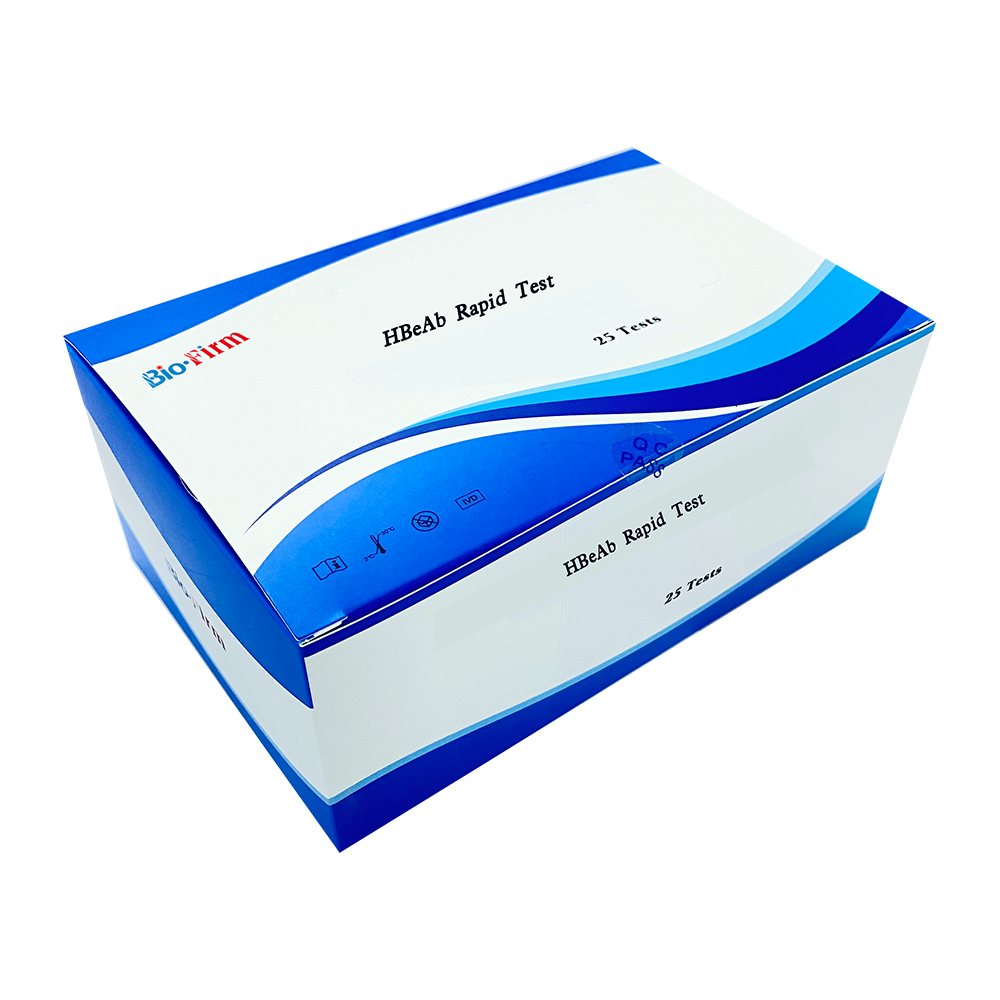Jul 01,2022
The HBeAb Rapid Test is a diagnostic tool used to detect the presence of Hepatitis B e-Antibodies (HBeAb) in a person's blood. These antibodies are produced by the immune system in response to the Hepatitis B virus (HBV). The test is typically used to assess the progression of hepatitis B infections and monitor patients with chronic HBV.
How the HBeAb Rapid Test Helps in Diagnosing Hepatitis B:
Indicator of Infection Stage: The presence of HBeAb often indicates that the active replication of the virus is decreasing, which can suggest a transition from the highly infectious phase (marked by the presence of HBeAg) to a less infectious or latent phase. This transition is common in people with chronic hepatitis B and can inform the stage of infection.
Monitoring Disease Progression: In patients with chronic hepatitis B, a positive HBeAb test indicates that the body is fighting the infection, and viral activity is declining. This can signal a better prognosis, especially if combined with a drop in viral load.

Assessing Treatment Response: For patients receiving antiviral therapy for hepatitis B, the presence of HBeAb can help healthcare providers monitor the effectiveness of treatment. A switch from HBeAg positivity (indicating high viral replication) to HBeAb positivity usually reflects a positive response to treatment.
Disease Management Decisions: By understanding whether a patient has developed HBeAb, doctors can make more informed decisions about treatment strategies, such as continuing or stopping antiviral medications.
In summary, the HBeAb Rapid Test is an important tool in managing and diagnosing hepatitis B, as it provides key information about viral activity and the body's immune response, helping guide treatment and assess the stage of infection.



 Español
Español
 Français
Français
 Deutsch
Deutsch
 عربى
عربى








